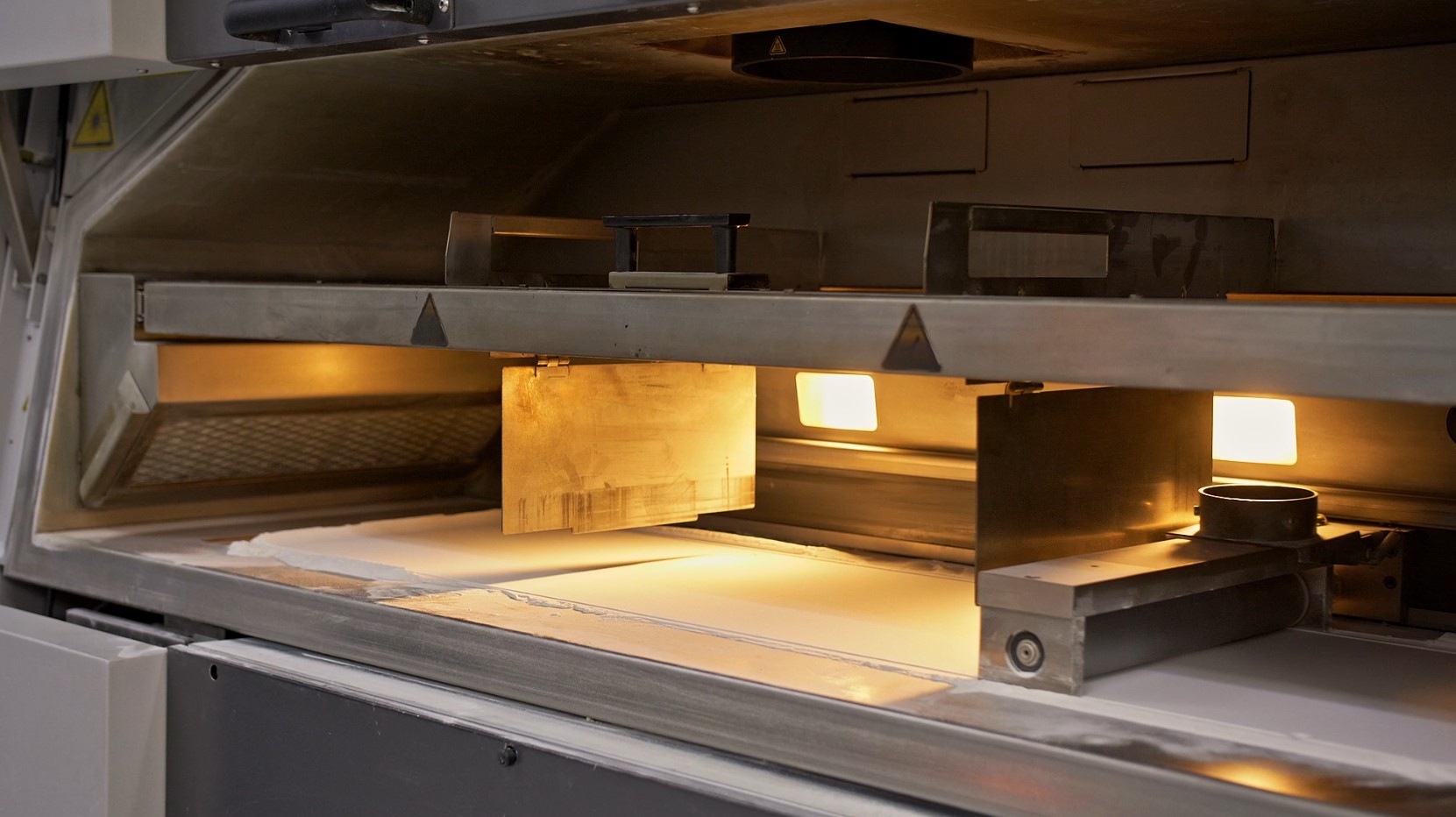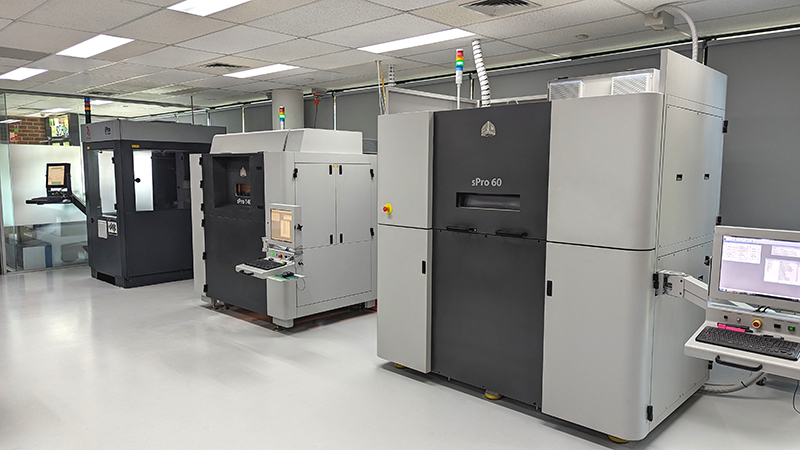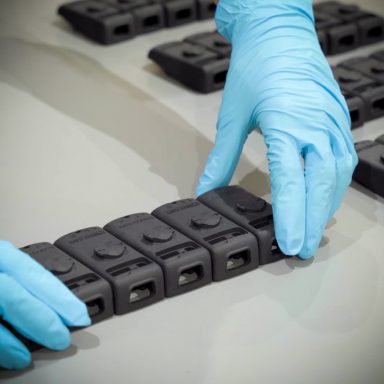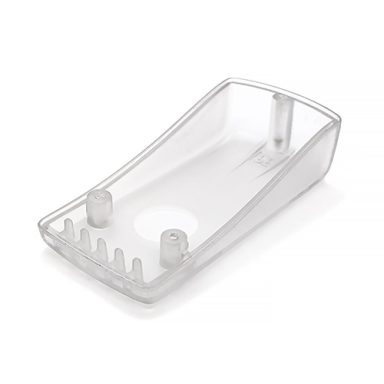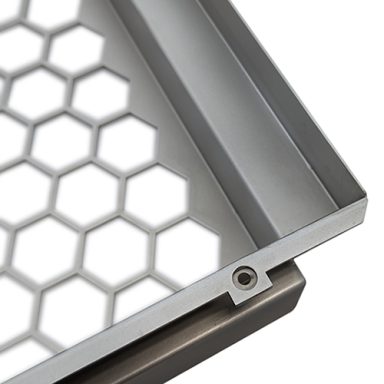When Should You Use 3D Printing for Your Prototype?
February 14, 2024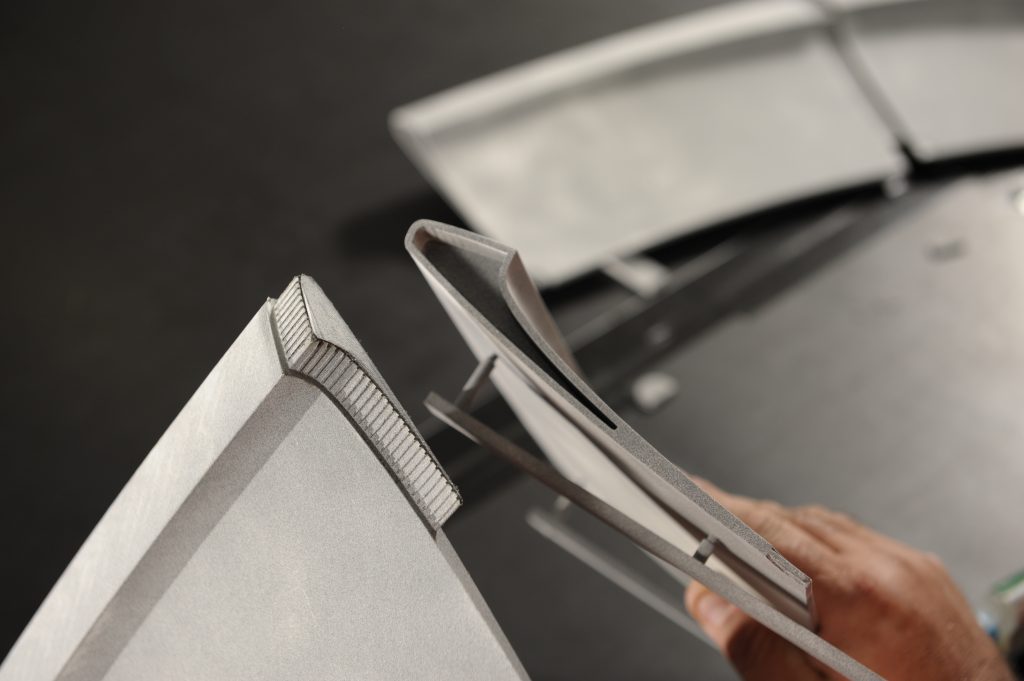
3D printing, also known as additive manufacturing, is an innovative and revolutionary technology that has changed the way objects are created.
It involves creating three-dimensional objects layer by layer using a digital model. Compared to traditional manufacturing methods, 3D printing offers several benefits, such as cost-effectiveness, faster production time and increased design flexibility.
However, even with its numerous advantages, 3D printing may not always be the best option for every job. In this article, we will explore when you should use 3D printing for your prototype and when you should consider alternative methods.
When Is 3D Printing Ideal for Prototype Production?
Now, let’s take a look at some cases where 3D printing is the ideal choice for creating prototypes:
Rapid Manufacturing Needs
When time is of the essence, 3D printing can be your best bet for rapid prototyping.
Traditional manufacturing methods, such as injection moulding or CNC machining, require extensive preparation and setup time before production can begin. On the other hand, 3D printing allows you to quickly create a prototype from a digital model without any major setup or tooling costs.
This makes it an ideal choice for companies looking to reduce their time to market and quickly test new designs or concepts. 3D printing also allows for easy iterations and modifications, making it perfect for rapid prototyping needs.
Complex Geometries
Another area where 3D printing excels is in creating complex and intricate geometries.
Traditional manufacturing methods often have limitations when it comes to producing highly complex designs, resulting in the need for multiple parts or assembly processes.
With 3D printing, layers can be added on top of each other to create even the most complex shapes without any additional assembly required. This saves money while allowing for more creative and innovative designs.
Cost Effective Prototyping
When it comes to creating prototypes, traditional methods can be costly. This is because they often require expensive low-volume costs, especially for low-volume production.
However, 3D printing offers a cost-effective solution for prototyping. Whether you need to create one prototype or several iterations, the cost remains relatively the same.
Design Validation
3D printing allows for the creation of intricate and complex designs, making it an ideal choice for testing and validating new product designs.
With 3D printing, you can quickly create a physical prototype that accurately represents your digital model. Before most products go into mass production, several iterations and testing are required to ensure the design is functional and meets all requirements. 3D printing allows for easy modifications and iterations, making it a valuable tool for design validation.
Customised Designs
These days, customisation is becoming increasingly important. As new products flood the market, the need for specific and tailored designs is also increasing.
3D printing allows for the creation of highly customised prototypes that cater to specific needs and requirements. Since each layer of a 3D-printed object can be modified, you can create unique designs tailored to each customer’s needs.
3D printing allows for the creation of customised designs without incurring high costs or lengthy production times. With traditional manufacturing methods, creating custom parts or products can be expensive due
Durable Designs with Suitable Mechanical Properties (Functional prototyping)
3D printing has come a long way in terms of materials and mechanical properties. With advancements in technology, 3D printers can now produce strong and durable prototypes that closely resemble the final product.
This is why 3D printing is an excellent choice for functional prototyping, where the prototype must withstand real-world conditions and testing. From high-stress applications to low-friction parts, 3D printing can produce functional prototypes with suitable mechanical properties.
Types of 3D Printing Technologies
Selective Laser Sintering (SLS): This method uses a high-powered laser to fuse powdered nylon together, creating a solid object layer by layer. SLS is known for its ability to produce prototypes with excellent mechanical properties and intricate details.
Multi Jet Fusion (MJF): Similar to SLS, MJF also produces quality production parts that exhibit isotropic properties in all axes. This means that these parts are accurate and require minimal post-processing. This method is known for faster production times and improved efficiency.
Stereolithography (SLA): SLA uses a UV laser to cure photo-reactive resin into solid objects. This method is known for its high precision and smooth surface finish, making it ideal for creating detailed prototypes.
Figure 4 (DLP): DLP technology is great for functional prototyping and the creation of end-use parts, moulding and casting, and also uses rigid and durable thermoplastic-like, rubber-like, heat-resistant and biocompatible capable materials. This method is known for its fast production times, mass production capacity, and high resolution, making it ideal for creating prototypes with intricate details.
Fused Deposition Modelling (FDM): FDM involves extruding melted thermoplastic material layer by layer to create an object. This method is known for its durability and ability to produce functional prototypes.
ColourJet Printing (CJP): CJP is an innovative 3D printing process that is known for producing full-colour prototypes with high levels of accuracy. It is often used for product design validation, architectural models and detailed anatomical replicas.
Why Choose Formero?

At Formero, we know how important it is to test a prototype before going into full production. That’s why we offer a range of 3D printing technologies to suit your specific needs.
Our team of experts can help you choose the best method for your project, ensuring that you get high-quality prototypes at a lower cost and lead time.
We also offer custom project communication, providing real-time updates and ensuring that your prototypes meet all requirements before delivery.
With Formero, you can trust our expertise and advanced technology to bring your designs to life efficiently and effectively. Choose us for all your 3D printing needs Australia-wide and experience the difference in quality and service.
Conclusion
3D printing technology offers a range of benefits for rapid prototyping. It allows for the creation of complex geometries, cost-effective iterations and prototypes, design validation, customisation options, and functional prototypes with suitable mechanical properties.
With various 3D printing technologies available at Formero, you can choose the most suitable method for your project’s specific needs.
If you’re unsure which method is right for you, you can get in touch with us and our team can guide you through the material selection process and help bring your designs to life efficiently and effectively. Contact us today to learn more about how we can help you with your rapid prototyping needs!
